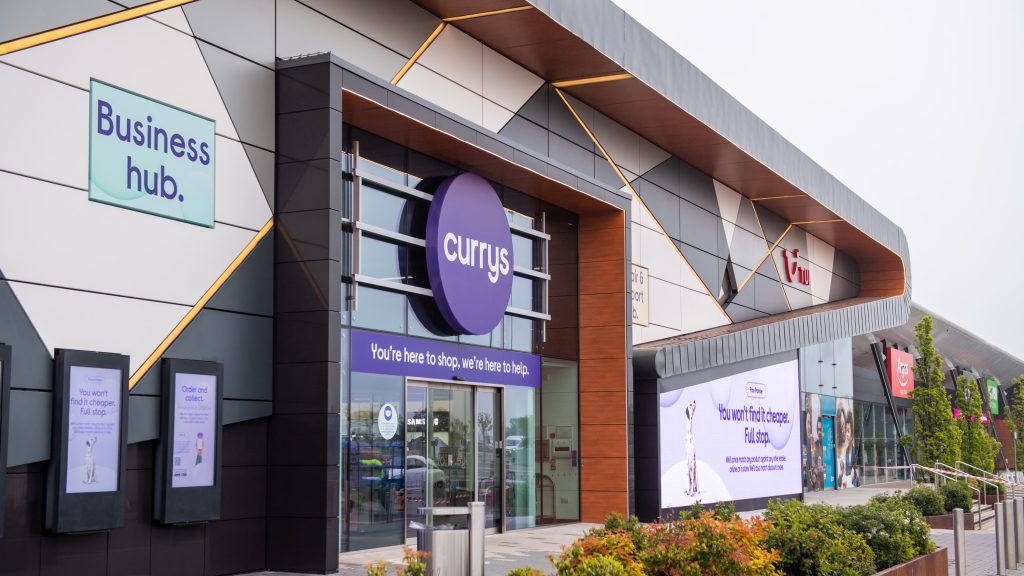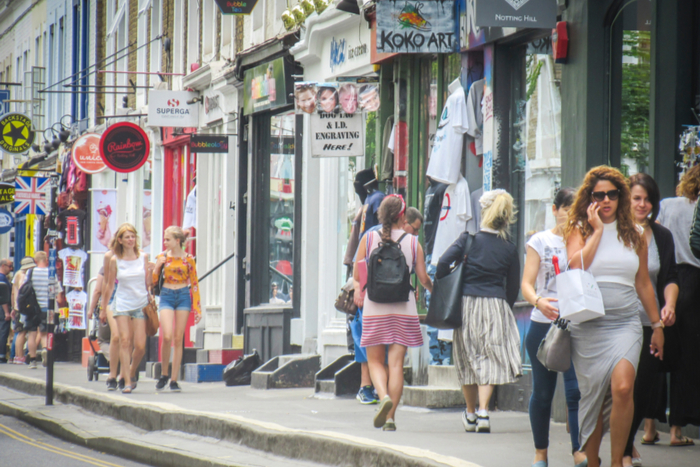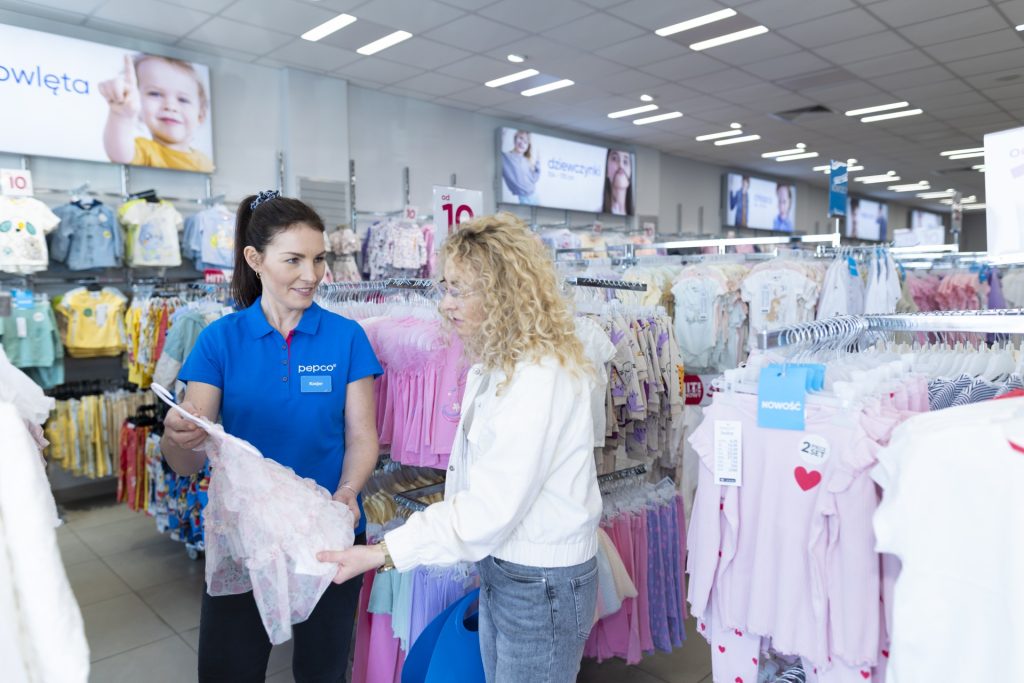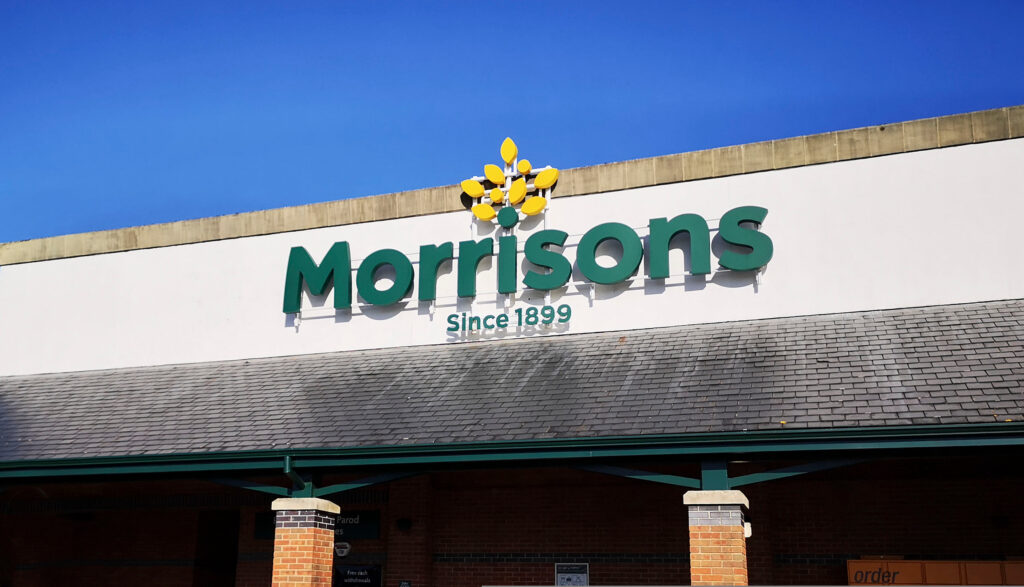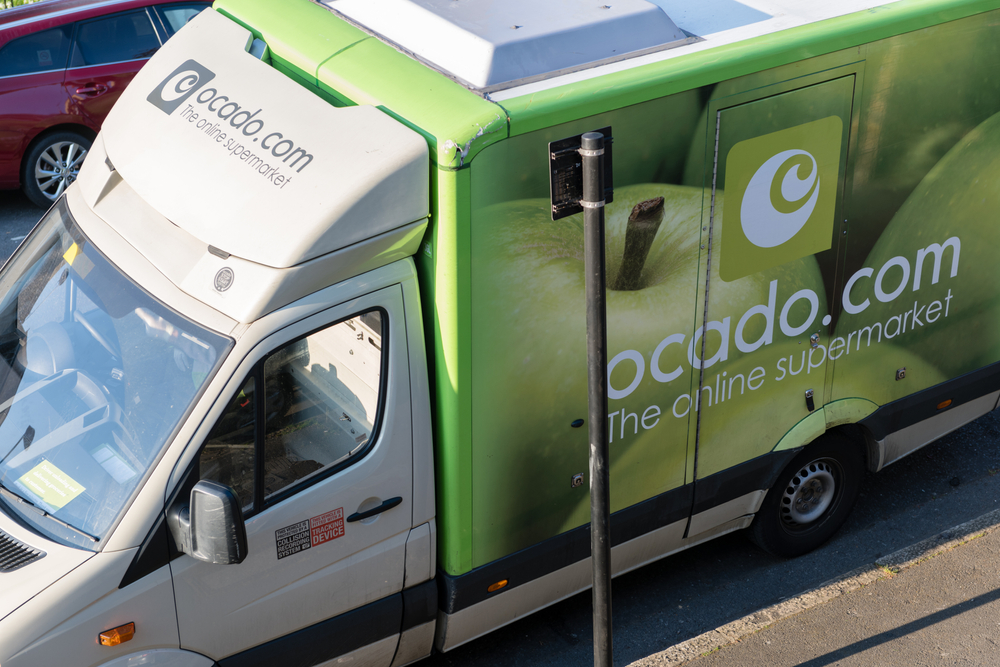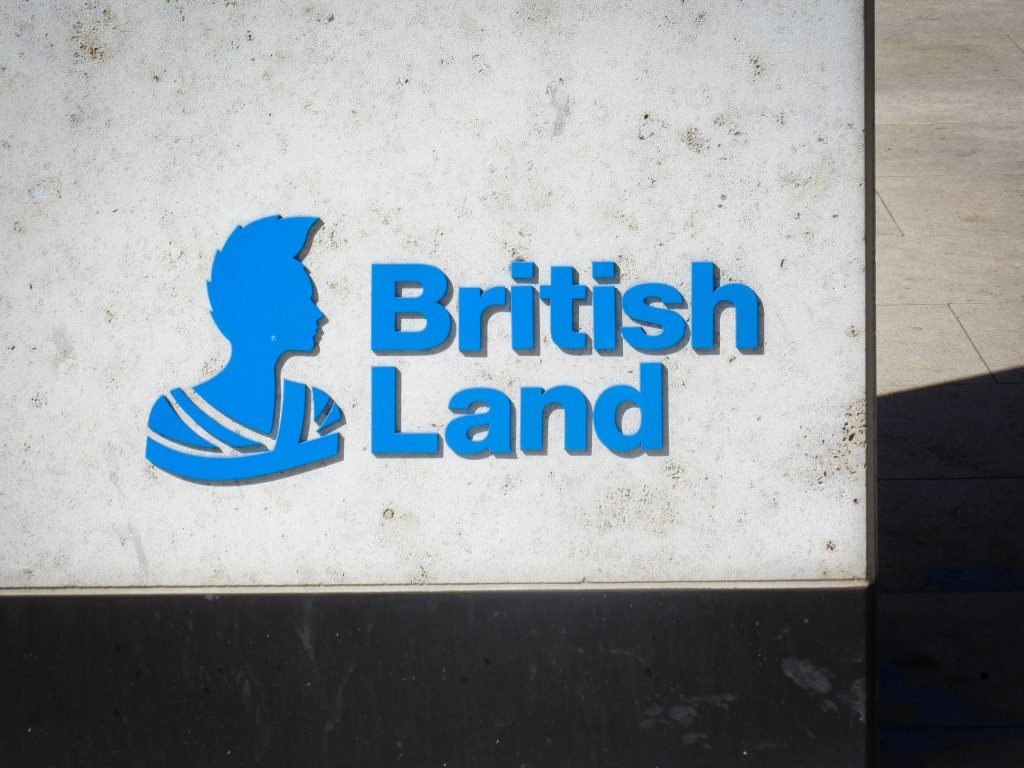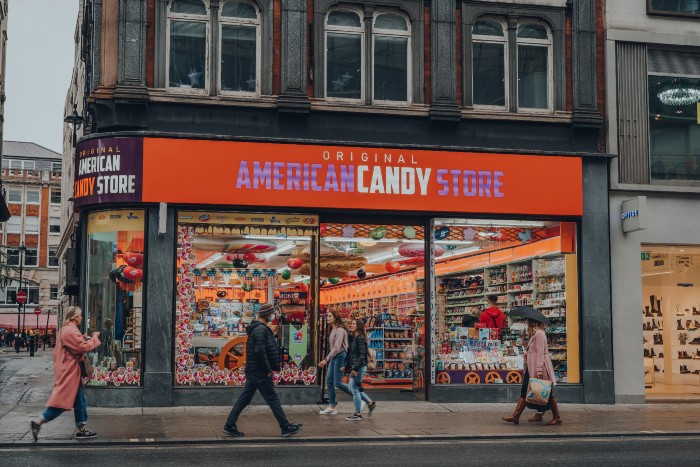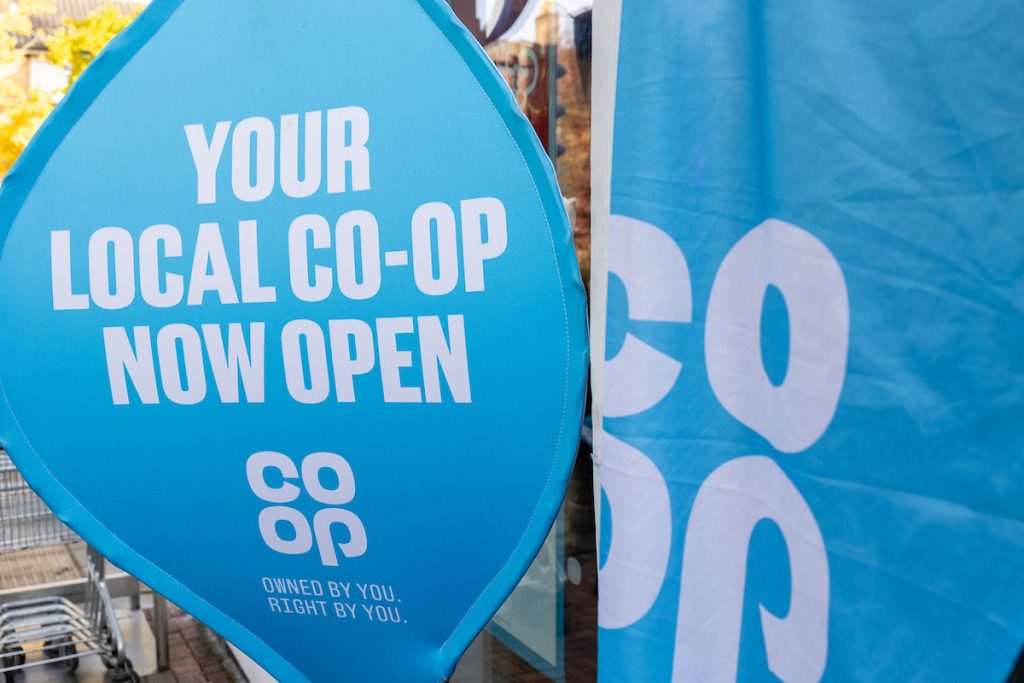Lending conditions in the retail industry have improved. There is liquidity in the debt market and money is cheaper than it was during the height of the downturn, while a number of banks have a greater appetite and the ability to lend to fundamentally strong businesses.
The way this finance is being invested is evolving with the retail landscape, where shoppers‘ attitudes and new technology are coming together to create challenges and opportunities.
Historically retailers‘ strategies have included investing in land and the construction of out-of-town hypermarkets, vying for the most desirable units on the high street, targeting the best in-store range and customer service, and essentially growing their physical scale quickly to build market share, with limited competitive pressure on their business models.
Today consumers are buying fewer goods but shopping more often to help them manage budgets effectively. They are also becoming more discerning, prioritising quality and value, and shedding old brand loyalties.
In grocery, this has seen the budget and aspirational supermarkets at either end of the market become increasingly relevant. The same can be said for the convenience sub-sector, with Sainsbury‘s announcing last week that its convenience stores now outnumber its large supermarkets.
On the high street, the change has been happening for a number of years, with the success of high quality non-food brands with intelligent marketing and multichannel offerings contrasting starkly with the failure of companies which were slow to diversify.
Multichannel is more important than ever, with consumers demanding the flexibility to shop how and when they want. This was illustrated last month when online sales of non-food products in the UK grew 19.2 per cent compared with a year earlier. Consumers are also increasingly willing to buy groceries online, even as part of the big Christmas shop, with Ocado posting gross sales growth of 21.3 per cent in the six weeks to 5 January 2014.
Retailers‘ investment priorities have shifted in response to these changes. They are targeting more diverse physical locations which meet the specific needs of their customer segments, refining their product ranges, and constantly evolving their multichannel propositions to remain relevant and competitive, with online remaining the best source of expansion for most.
Of these investment needs the largest and most pressing is behind the scenes. New technologically advanced distribution centres, which include the latest in automation, supply chain technology and retail-online integration, are vital for large retailers in responding to demand across channels. The largest of these facilities can take between five and 10 years to plan and develop, and require significant multi-million pound capital expenditure (capex). The grocers are also rushing to invest in ‘dark stores‘ – supermarkets where store employees pick the items customers have ordered online for delivery or collection. More and more of these will be rolled out in the coming years.
This type of investment will continue as retailers meet current demand and prepare for the future, and capex on this scale requires a supportive banking sector.
We are currently witnessing the best lending conditions for a number of years, with bank debt available, and capital and public markets investors continuing to view the large UK retailers as strong credits. Banking partners are also working closely with management teams, not only to support long-term funding requirements but also helping them to solve short-term working capital challenges.
Looking ahead 10 years, when this phase of investment will be complete, there are question marks surrounding whether the retail industry will require the same level of capex and financing.
We expect much of the current new-build investment to be replaced by the u



